The Ultimate Guide to Papercraft
Papercraft is one of the most accessible activities on the planet. Paper is dirt cheap, and there are hundreds of ways to craft with it. Add a few essential tools like scissors and glue, and you have a limitless way to express yourself.
Paper crafting is a hobby for many people, but some people make a living out of cardmaking, modelmaking, and teaching others how to craft.
Best of all, getting started with papercraft is as easy as watching a video or reading a guide and honing your skills to perfect your techniques.
In this ultimate guide to papercraft, we’ll explore everything you need to know to help you make the most of your paper and the time you have.
Let’s jump in!
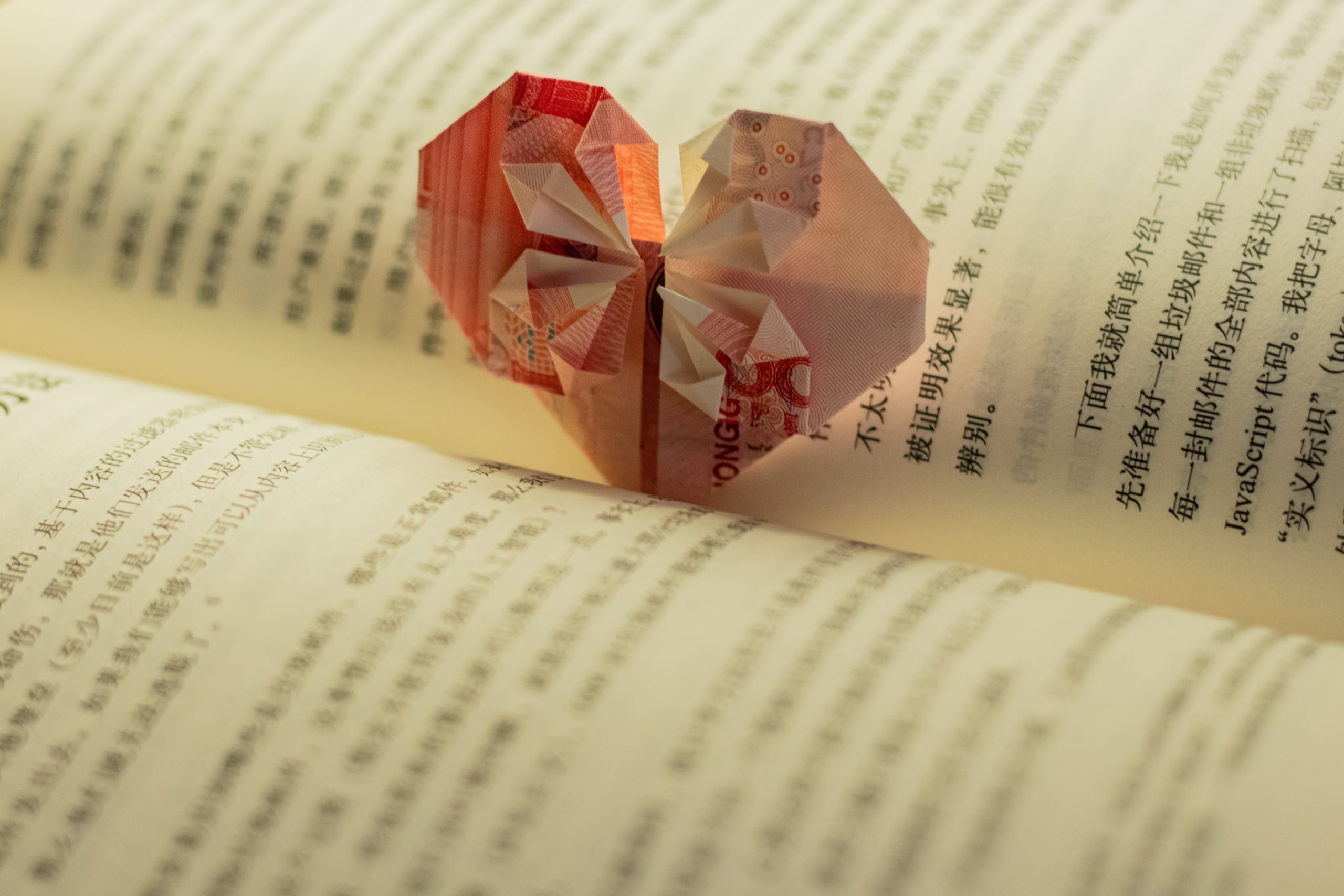
A brief history of papercraft
People have crafted things from paper for thousands of years.
Paper made from wood pulp was invented around 105 A.D. in China. It was used only for calligraphy until around the fourth century, when the Chinese started cutting it to make decorations for public display. This is the birth of papercraft.
Modern papercraft techniques have origins in Japan, Europe and the Middle East. A notable example is Origami, the Japanese art of paper folding.
Origami is said to have been invented in the sixth century after Japanese monks carried paper to Japan. However, Japanese monks could have been folding paper long before this in China, so the origins of Origami may well be Chinese.
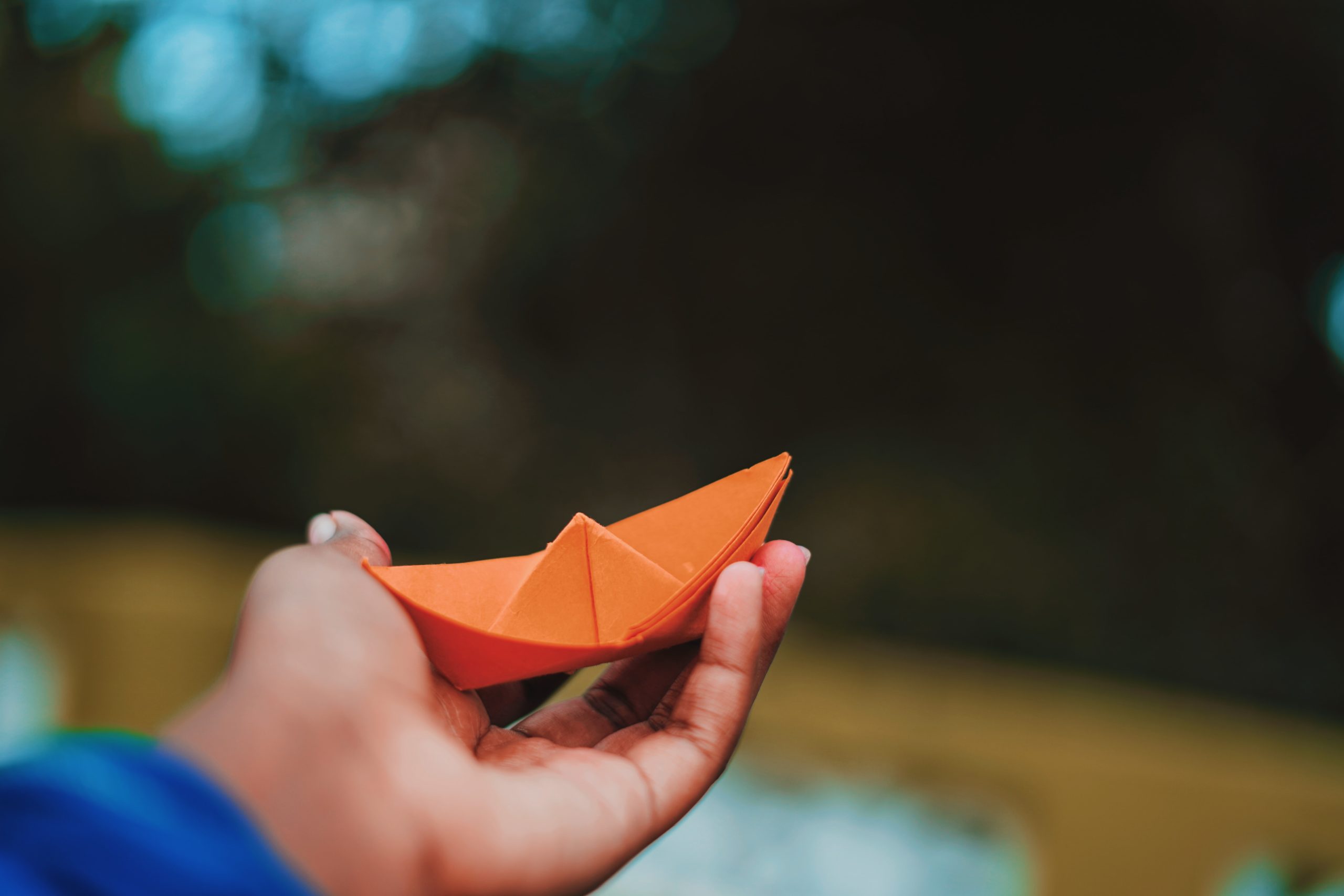
What is papercraft?
Papercraft is a form of crafting that transforms paper and cardstock into two and three-dimensional objects. It is also an umbrella term describing a collection of papercraft techniques, including Origami and decoupage.
The idea with papercraft is to use paper and cards to make art, models and displays, which can be standalone works or applied to mixed media.
Papercraft can include other materials like foils, leathers and fabrics, but the structure of crafts is always paper. For example, you can make a box with cardboard and decorate it in metallic foil. All other components are add-ons.
The magic of making with paper captivates people of all ages. There’s a technique for every skill level from cardmaking to modelmaking, and papercraft stands as one of the most accepted craft forms due to its accessibility.

Is papercraft an art?
Papercraft is the art of making stuff with paper, although whether crafts meet the definition of artwork is open to interpretation.
Artwork includes paintings, drawings and other artistic works. We could slide papercraft into that bracket, but not all papercraft is art.
For example, Origami and geometric sculptures are considered art, but functional models like keepsake boxes and paper aeroplanes are not.
In other words, some papercraft is artwork, and some papercraft is functional. However, paper crafting is the art of making stuff with paper. In this sense, it is a literal art, but you can interpret individual papercrafts how you like.
Papercraft can also be considered an activity rather than an art, depending on your definition of art.

What are papercraft techniques?
Papercraft techniques are the techniques people use to craft with paper to make two and three-dimensional objects, from cards to sculptures.
You might prefer folding, cutting and gluing, or assembly with joints (using card). Most of the time, the build technique is determined by what you are making. For example, making a paper aeroplane requires folds only.
Some people are natural at things like Origami, while others struggle to memorise the folds. If you find yourself struggling, it’s probably the instructions, not you. Try a different article or video for a different perspective.

The different types of papercraft
There are eleven core papercraft techniques:
- Scrapbooking. This involves taking books with blank pages and adding photos, memorabilia, journaling and mementoes.
- Cardmaking. This involves creating handmade gift and greetings cards. Cards can be designed from templates or from scratch.
- Decoupage. This involves decorating objects by gluing paper cut-outs, gold leaf, glitter and other elements to them.
- Quilling. This is the art of rolling, shaping, and gluing paper to create a unified, decorative design, like a flower.
- Paper-mâché. This involves using paper and paste to create solid objects, moulds, shapes and models.
- Origami. This is the art of paper folding. “Origami” derives from the Japanese words for folding (“ori”) and paper (“kami”).
- Kirigami: A variation of Origami that also includes paper cutting. Paper is folded in addition to cutting to overcome fold limitations.
- Origata. This is the Japanese art of wrapping gifts. Origata requires decorative paper, and it must be Japanese to be authentic.
- Kirie. This is the Japanese art of making pictures by cutting paper. Works show exceptional detail with intricate cuts.
- Scherenschnitte. This is the German art of paper cutting paper with scissors to make shapes with rotational symmetry.
- Model making. This involves using paper and thick cards to make three-dimensional models like buildings and product displays.
As you can see, many papercrafts originate from Japan. The Japanese have a rich tradition of papercrafts, with Origami the most popular.
Scrapbooking is said to have roots in England when in the 15th-century, books became a symbol of friendship. People used scrapbooks to document their lives, and they used scrapbooks to preserve the scraps given to them.
People tend to favour folding or cutting as a way to make models. In Japan, Origami is the art of folding, while Kirie is the art of cutting. When these two worlds combine, we call the craft Kirigami, which is a separate craft type.
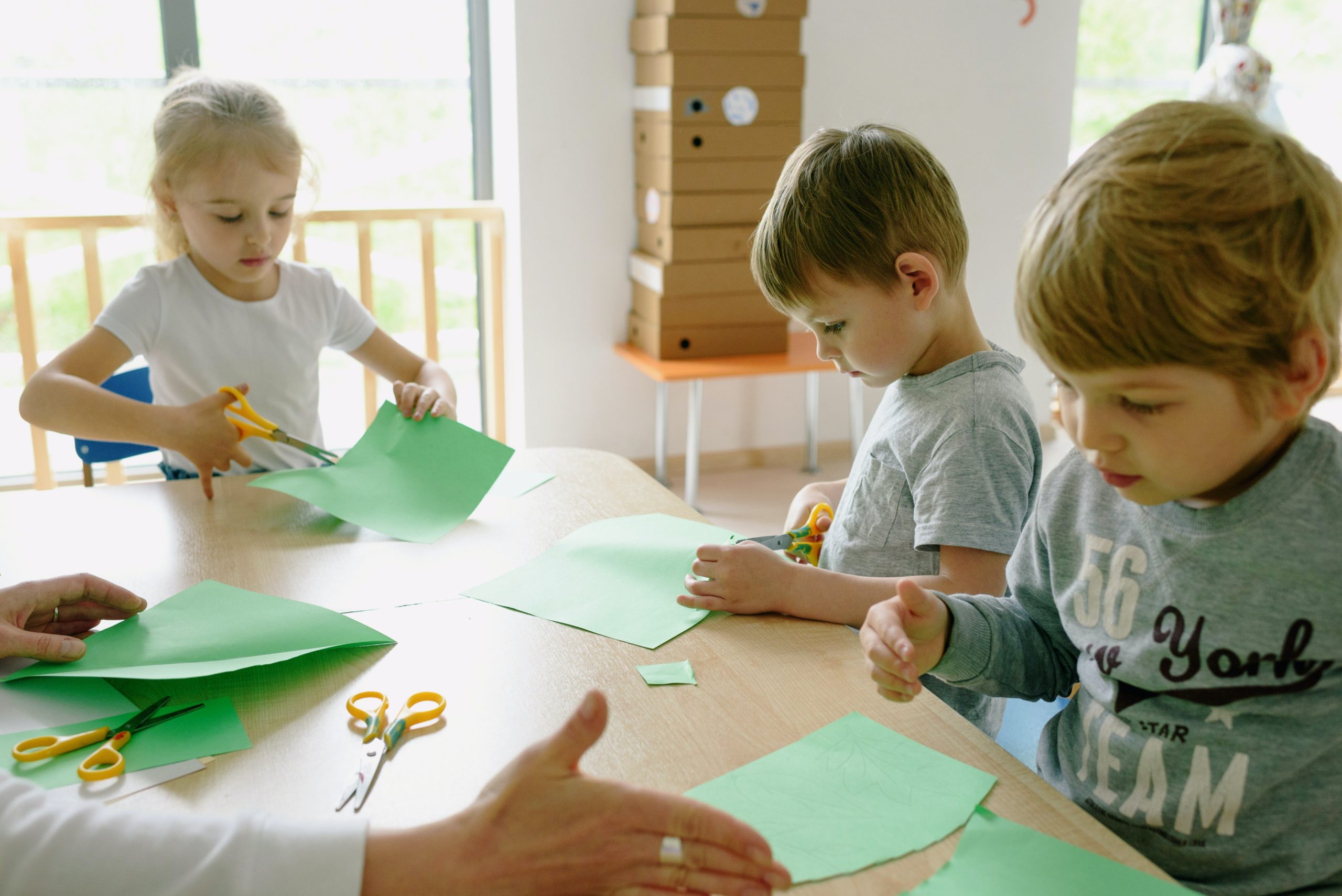
Which is the best papercraft?
People find enjoyment in different types of papercraft, although the most popular papercrafts are scrapbooking, cardmaking and Origami.
A lot of people enjoy the challenge of Origami, Kirie, Kirigami and other intricate crafts, but you might prefer quilling or modelmaking.
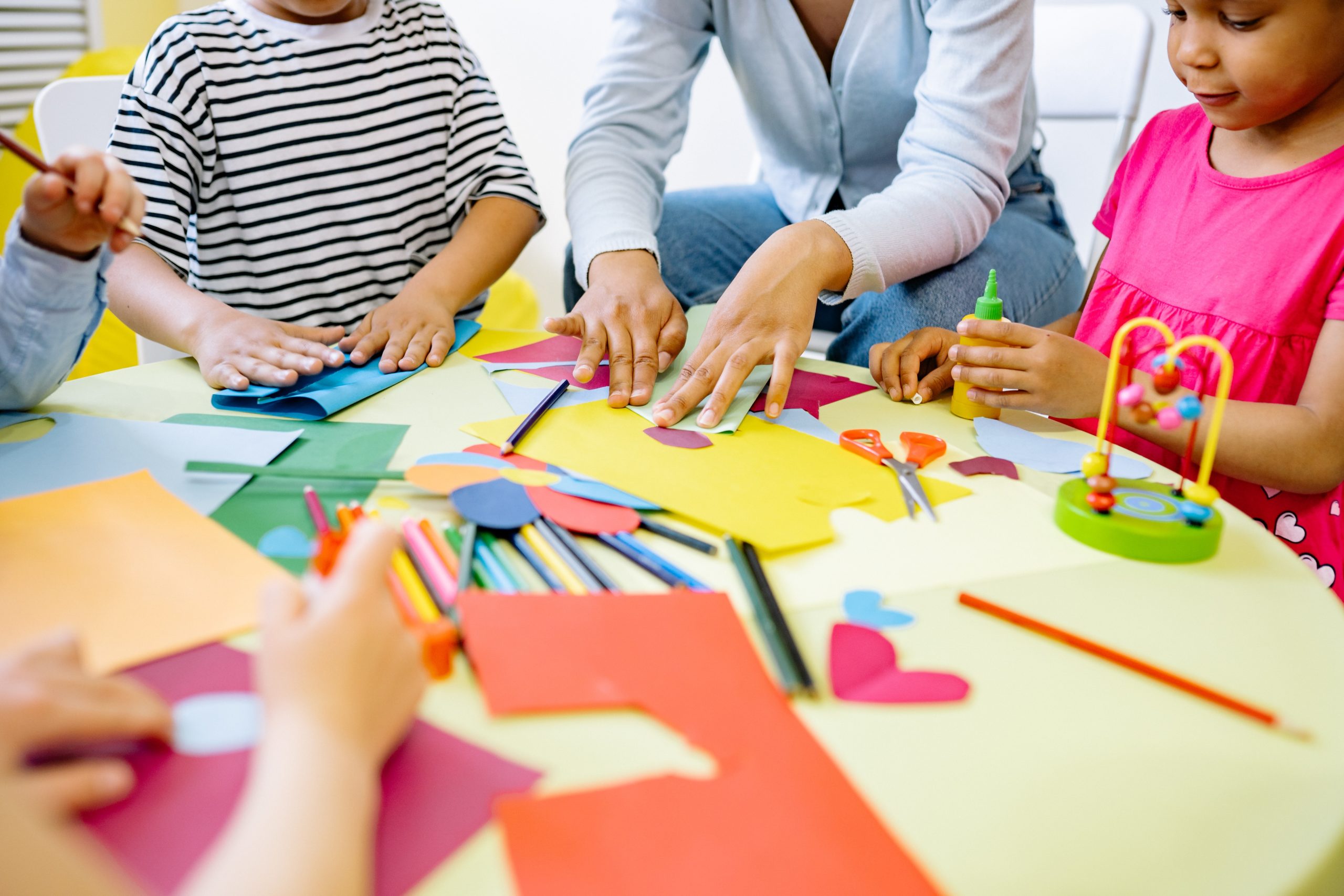
How to learn papercraft
Papercraft is easy when you know the basics of the techniques you are interested in, so we’ve prepared our favourite beginner’s guides below.
- Beginner’s guide to Origami (Origami.me). This guide takes you through the different types of folds and bases, the two Origami fundamentals.
- Beginner’s guide to Kirie (Mandala Meadow). This guide provides technical tips and insights into the art of paper folding + cutting.
- Beginner’s guide to paper cutting (Instructables). This guide is useful for Scherenschnitte and will help you make a positive start.
- Beginner’s guide to scrapbooking (The Curiously Creative). This guide covers the tools, kits and techniques you can use.
- Beginner’s guide to cardmaking (The Curiously Creative). This guide covers everything you need to know about cardmaking.
- Beginner’s guide to paper paper-mâché (The Graphics Fairy). This guide covers the different ways to make paper-mâché with lots of tips.
Practice makes perfect with papercraft techniques. Spending time working on different models will help you hone your skills.
Don’t be afraid to make mistakes. Take a leaf from the book of inventor Thomas Edison, who, in response to a question about his missteps, once said, “I have not failed 10,000 times—I’ve successfully found 10,000 ways that will not work.”
Learn from the things you do wrong and make it better next time.
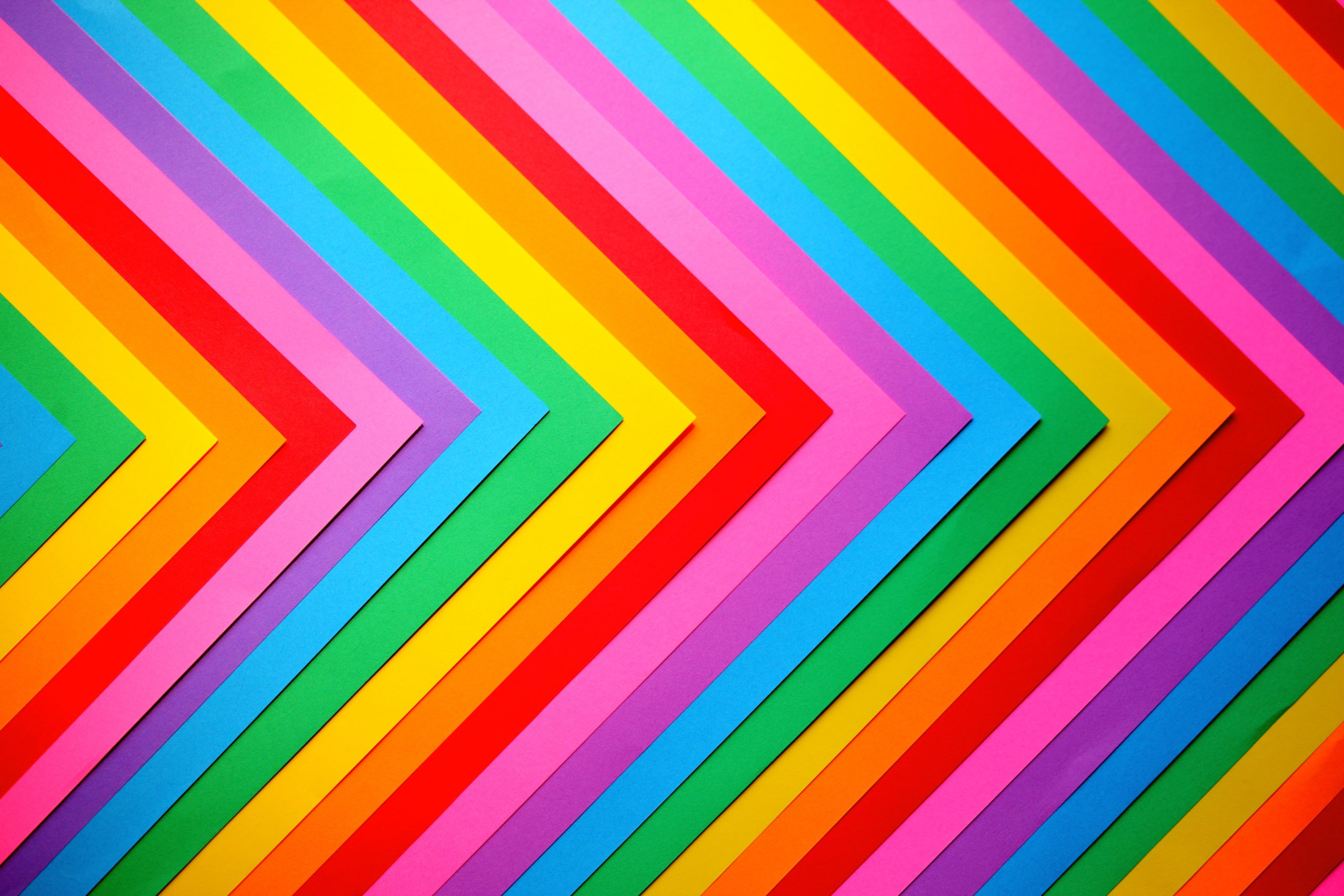
Types of craft paper
There are multiple types of craft paper, from simple printer paper to tissue paper. While some paper is multi-purpose, other paper is designed for a specific job, like watercolour paper, which is for painting in watercolours.
Here’s a rundown of the main types of craft paper:
- Construction paper – rough, thin, ideal for kid’s projects
- Crepe paper – wrinkled, thin, ideal for decoration
- Cardstock – smooth, thick, ideal for modelmaking and cardmaking
- Kraft paper – smooth, brown paper for wrapping
- Origami paper – soft, thin, suitable for all forms of paper folding
- Tissue paper – soft, very thin, ideal for decoration and paper-mâché
- Decoupage paper – glossy/smooth, thin
- Washi paper – smooth, medium, ideal for heavy Origami
- Printer paper – smooth, thin, multi-purpose
- Watercolour paper – coarse, medium to thick, super absorbent

What is the difference between kraft paper and craft paper?
Craft paper is any paper you can craft with. Kraft paper is a strong, brown wrapping paper used for packaging. Kraft paper is stronger than normal paper because it has a lower lignin content, making it rigid.
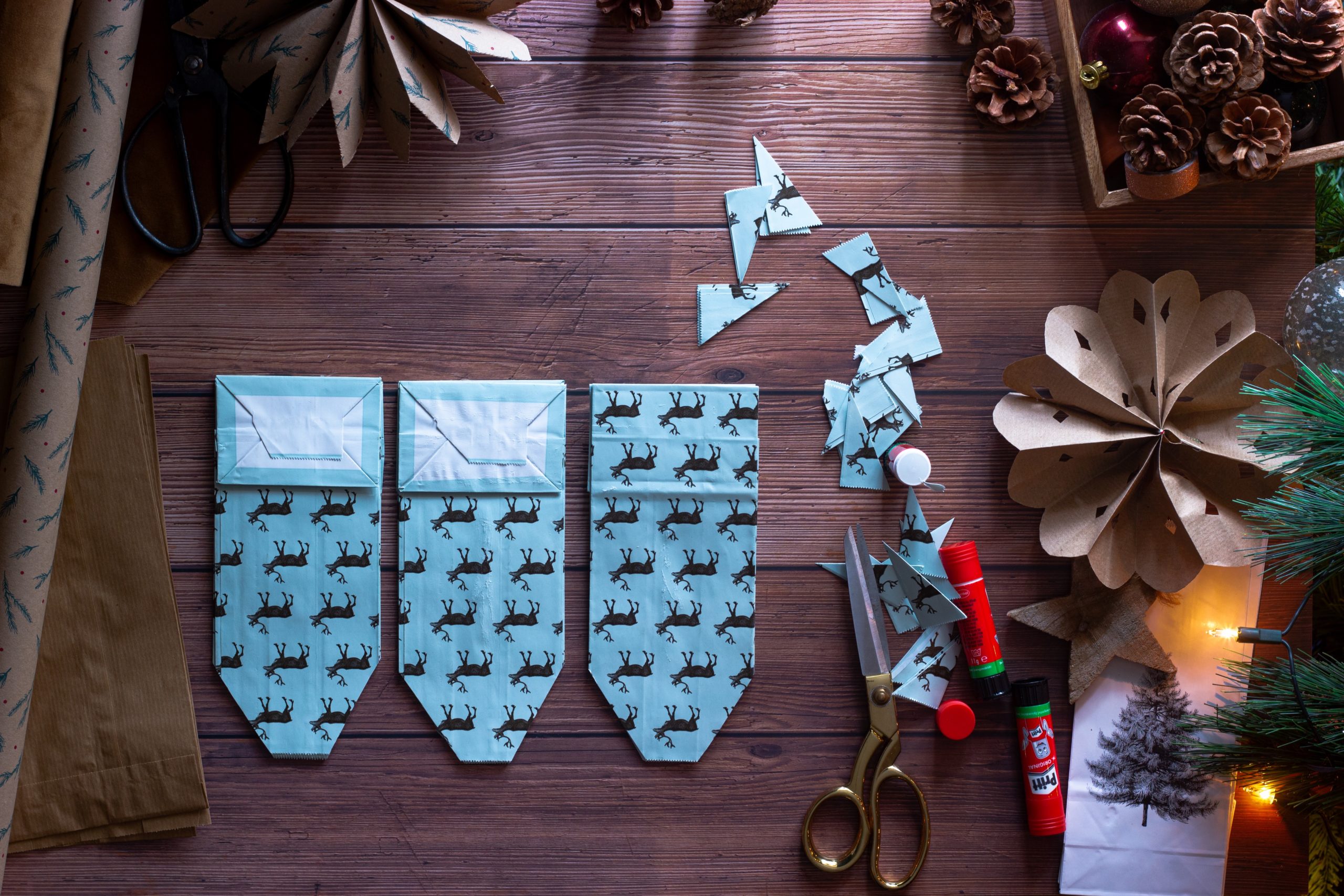
What you need for papercraft
Every papercraft kit should have the following essentials:
- Assorted papers (e.g. printer paper, tissue paper, washi paper, and cardstock in multiple colours, with extra for black and white)
- Glue stick
- Hole punch
- String/twine
- Stapler
- Ruler
- Scissors
- Craft knife
- Cutting board
- Colouring tools (e.g. paint, inks)
With these supplies, you can craft pretty much anything.
For folding activities like Origami, try and source specialised paper. Folding activities require slightly thinner paper than printer paper.
Papercraft ideas for adults
Here are some easy papercrafts for adults:
Origami crane
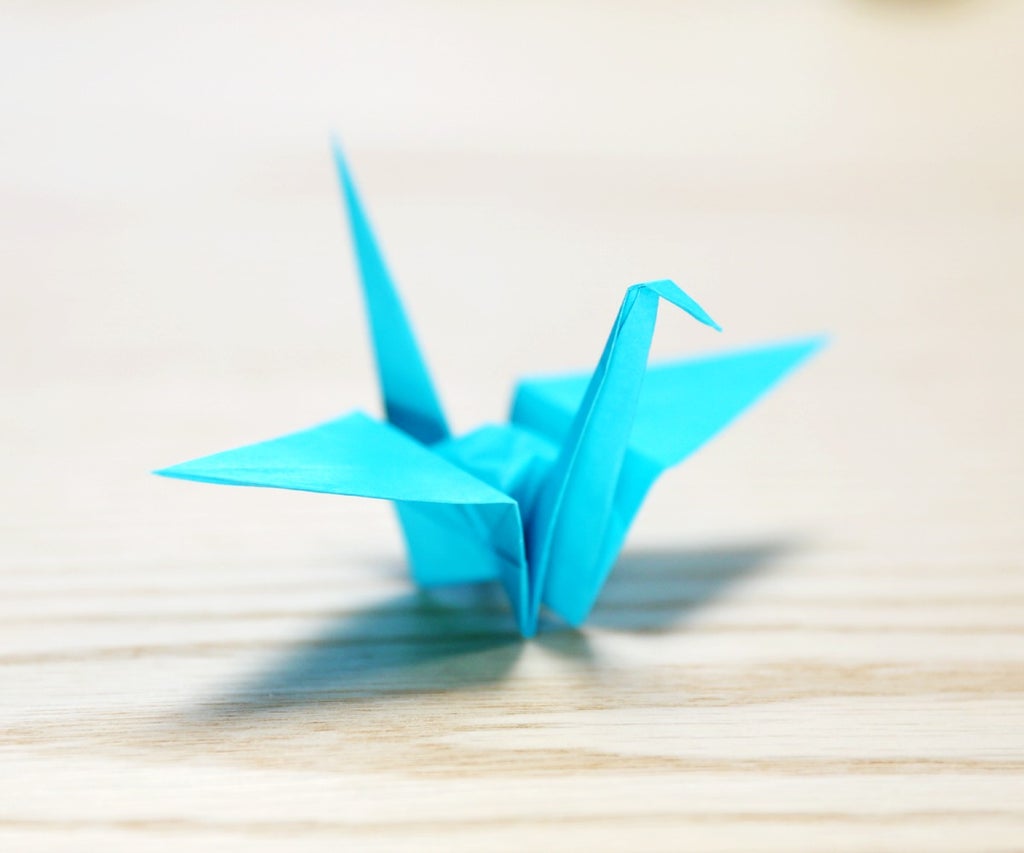
Tutorial: Instructables
The origami crane is easy to make and rooted in tradition. It is said the gods will grant anyone who folds a thousand cranes a wish.
Tissue paper flower
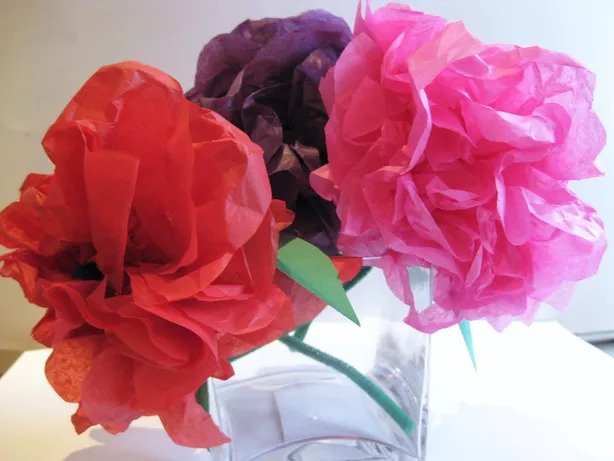
Tutorial: Very Well Family
With a few sheets of tissue paper and construction paper, you can craft beautiful, three-dimensional paper flowers for decoration.
Eucalyptus and hydrangea wreath

Tutorial: OGCrafts
It will take you several hours, but this wreath is absolutely stunning. You could use it for decoration or give it to someone as a gift.
Check out our tissue papercraft ideas for adults and black paper art ideas.
Papercraft ideas for kids
Here are some easy paper crafts for kids:
Butterfly papercraft
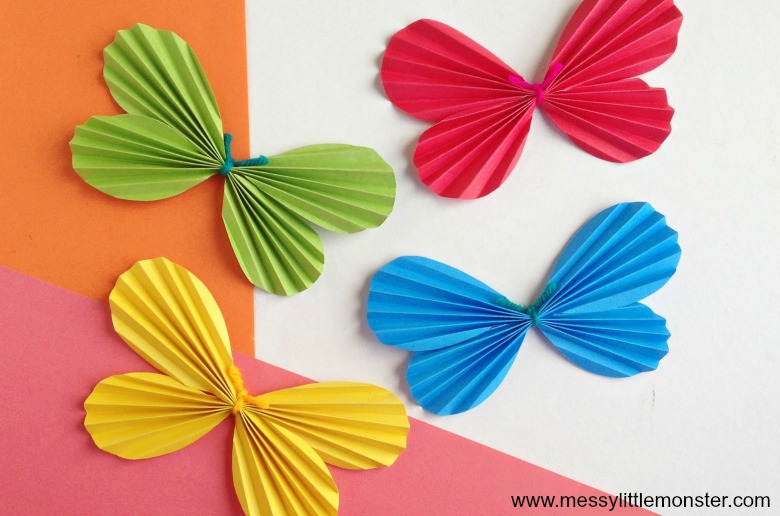
Tutorial: Messy Little Monster
Paper butterflies are easy to make with regular coloured paper, a template, scissors and craft glue. You can also hang them with string.
Family Handprints Peacock
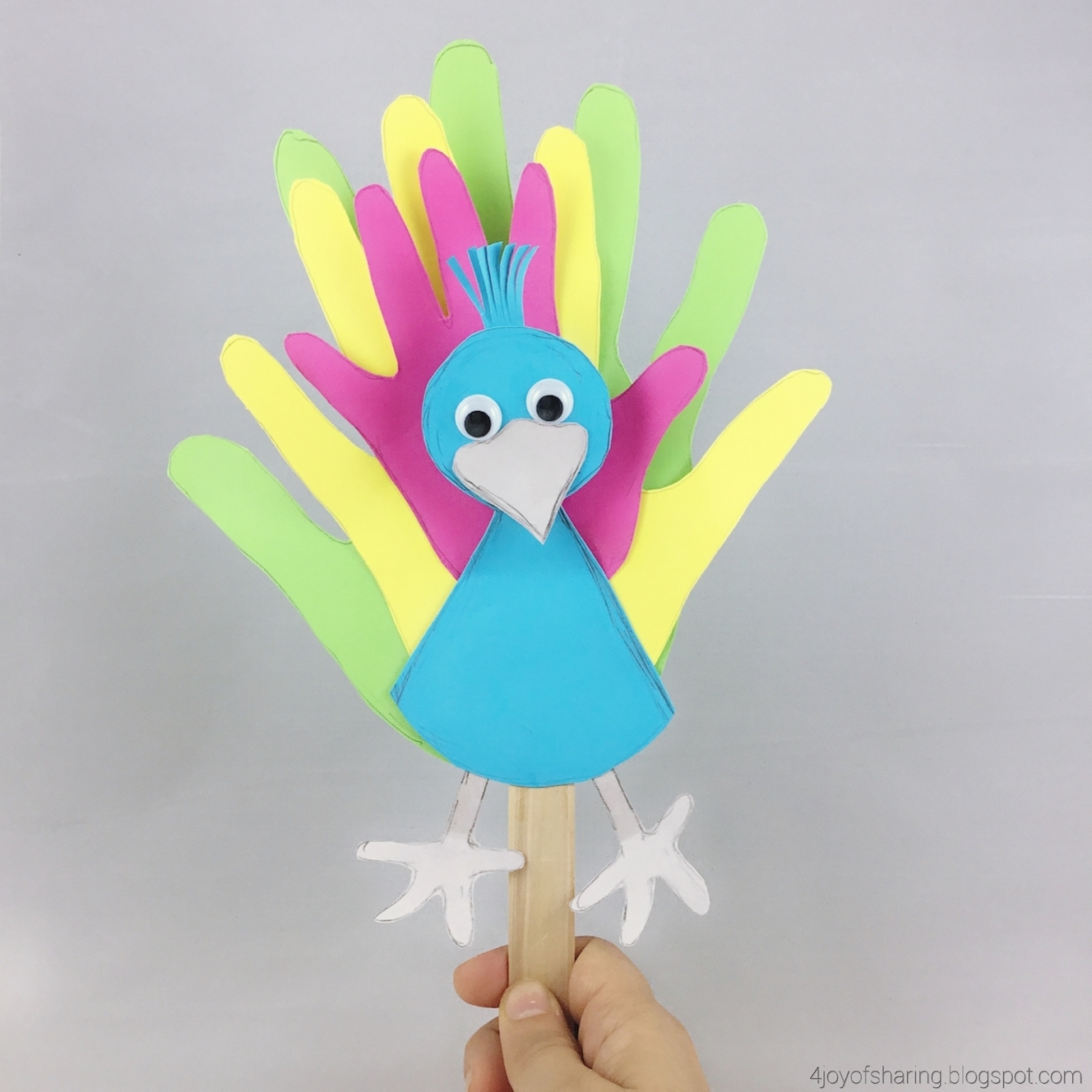
Tutorial: The Joy Sharing
Drawing family handprints onto pieces of coloured paper, cutting them out and stacking them together to create a peacock is great fun.
Winter Animals Paper Chain

Tutorial: Artsy Momma
An animal paper chain is a fantastic craft for groups of kids. You only need three sheets of construction paper, glue, scissors, markers and googly eyes.
You can find loads more craft ideas for kids with paper here.
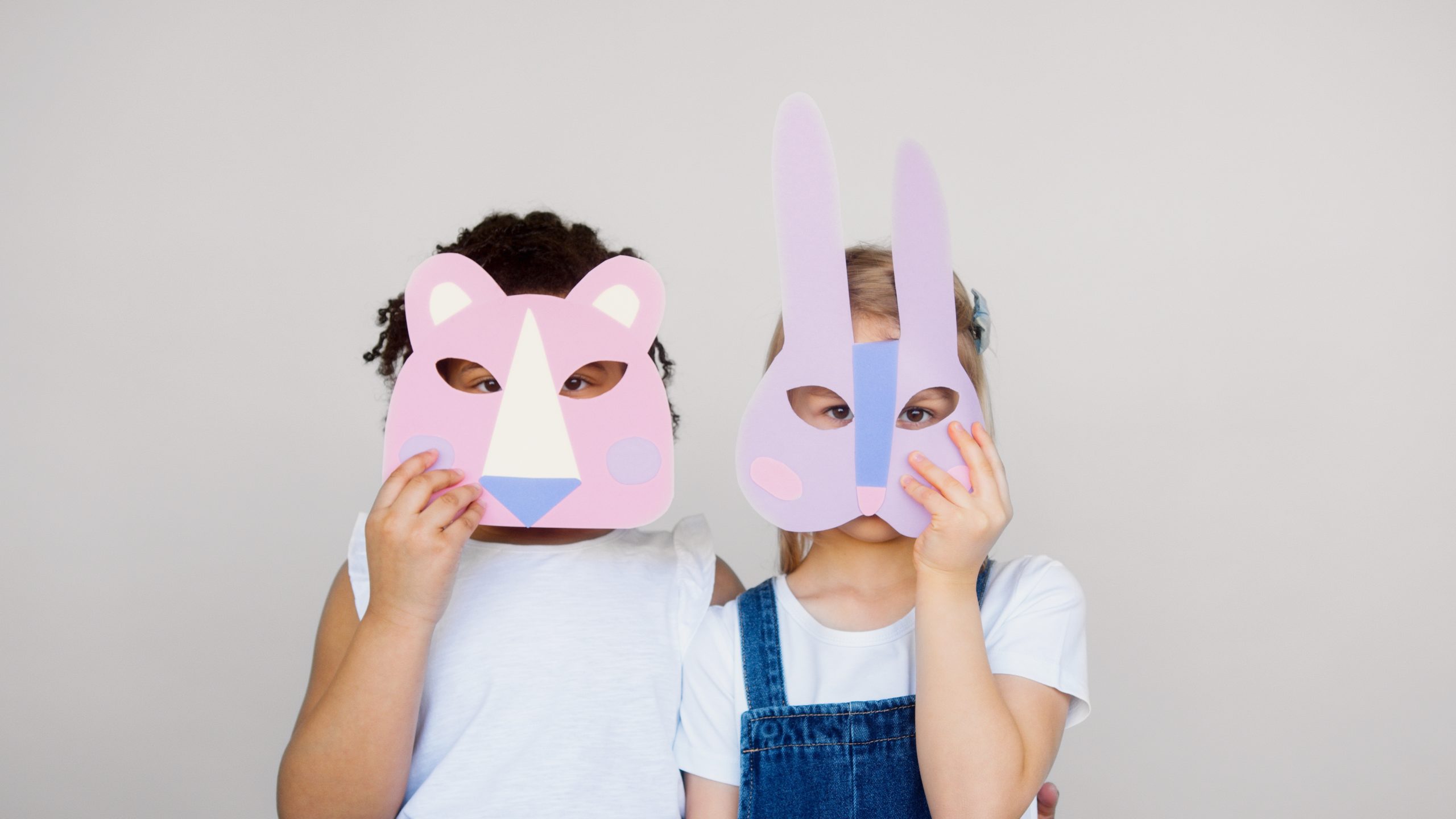
Get started with papercraft today!
Hawksbill sells an unbeatable range of papercraft supplies, including all types of paper, canvas and cards. You can pick up all the paper you need in one place, including packs that offer outstanding value for money.
